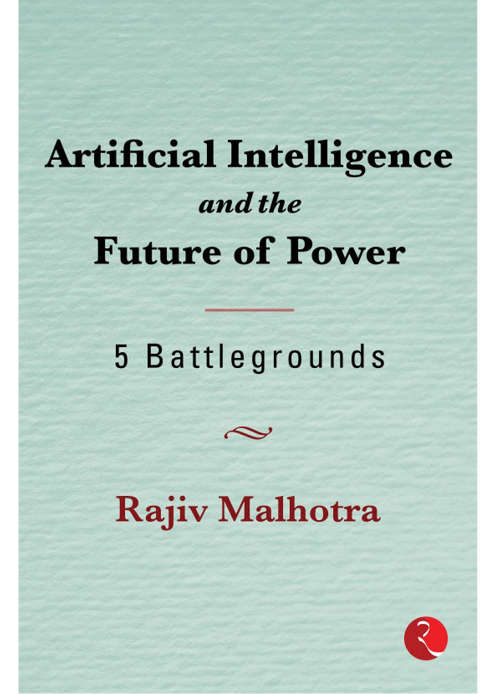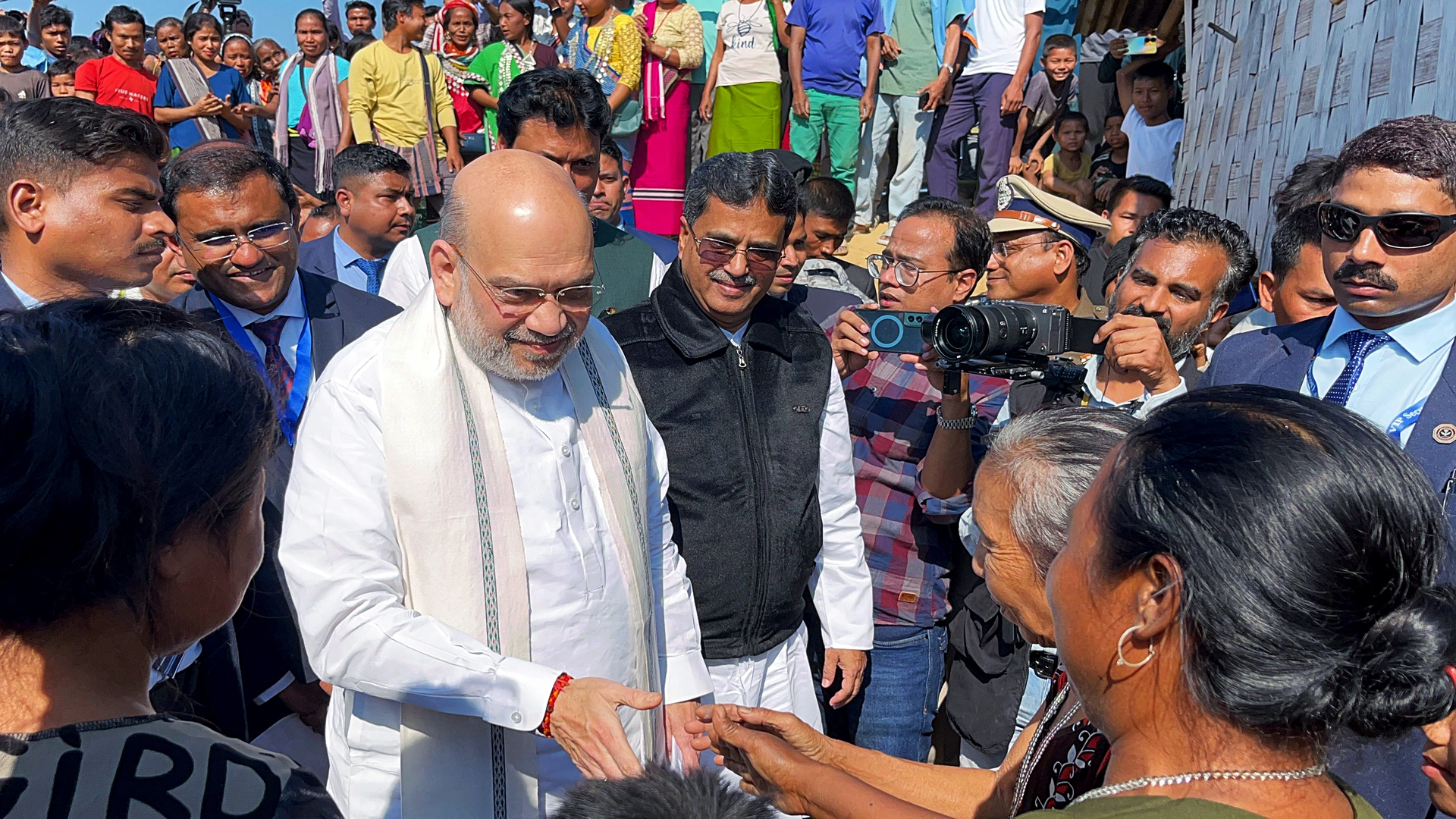Author Rajiv Malhotra has picked up a most relevant subject of artificial intelligence wherein the machines are going to dictate the future of humanity. This would impact the world, its growth, security and welfare of humans occupying it. In fact, the machines are going to be the new occupants of the globe or to begin with co-inhabitants of humans. The powers of the machines would surpass the human competence, capability and capacity, making it extremely challenging for the ordinary human to co-exist with the new competence of machines.
The machines would constantly pry on data, self-learn and mimic humans. They may, may not or may have selective cognitive ability, but once the algorithms get auto-generated by machines purely based on the data reservoir, it would pose a great challenge. Human dependence on machines would be inescapable and is likely to make humans dumber or as he says morons. Rajiv Malhotra cautions that this would render a large number of traditional jobs redundant, throwing millions of people out of jobs. He is especially worried about India where a large number of people may be simply reduced to the labours of the world. He also fears that if India does not reinvent itself, it might even become a digital colony of the world.

The author has divided the book into two parts. Part 1 deals with Algorithm versus Being. He covers the future applications of machines, as they say, ‘use cases’ and how these use cases would impact the job market, the world economy, its security dynamics and ultimately impact or disturb the world order. Part 2 is dedicated to India, calling it the Battleground India. He has apprehensions about India’s capability to keep pace of digital evolution and fears that if stringent programmes are not implemented, India could become dependent on imported technology and the Indian data could entirely land up in foreign hands reducing India into being a digital colony either of China or of the US. If this happens, its image might be reduced to it becoming a mare labour market of the world. This would be detrimental to our national security and therefore our honourable existence. He has substantiated his hypothesis with certain historical evidence.
The book is written in simple and readable language which can be easily grasped by a layman or a practitioner of IT or AI. The content is divided into various chapters covering the battlegrounds in logical and well-articulated manner. Last 70-odd pages are various appendices, notes, bibliography, etc.
The book covers the entire AI as an activity of disruptions as he calls the five battlegrounds. The first battleground is for economic development and jobs. Second, on the impact on the industrial and economic growth of the world leading to redefining the world order. The third battleground deals with the impact on the human mind, i.e., the Battle for Agency. The fourth battleground deals with the impact on society and culture that would change the behaviour pattern of various societies. The fifth and the most significant battleground that the author describes is the preparedness of Indian nation state and its ability to manage this change.
The book is a fantastic read for both laymen and professionals. It gives a good insight into the future of the machines and the destiny of humans and therefore the future of nations. As a military thinker, this book can become the basis of understanding how the future battles would be fought, making great departures from the conventional battles. Autonomous applications of machinery make humans largely redundant as most of the dangerous jobs would be outsourced. It would be a great challenge for command and control of robot soldiers and autonomous machines who might report to its originator and not the one who employs it. Similarly, the AI-based industrial machinery plants may bring in the quality differential in the final product making business suffer from relative inferiority of similar kinds of product, killing the competition.
Business and military intelligence both in the hands of adversary would certainly mean getting enslaved or colonised by the world that would understand and invest in artificial intelligence ahead of others. It is extremely critical to understand that the runners up would never be winners because the machines would empower better machines throwing the competition beyond the reach and control of a human being. The trick therefore is in starting early.
This book is highly recommended for university education of future generations and should be considered a must-read for the policy and law makers of the country. This book would certainly raise hackles, as issues brought out would and should become a matter of immediate public debate in India.
The reviewer is former Deputy Chief of Integrated Defence Staff of India.







